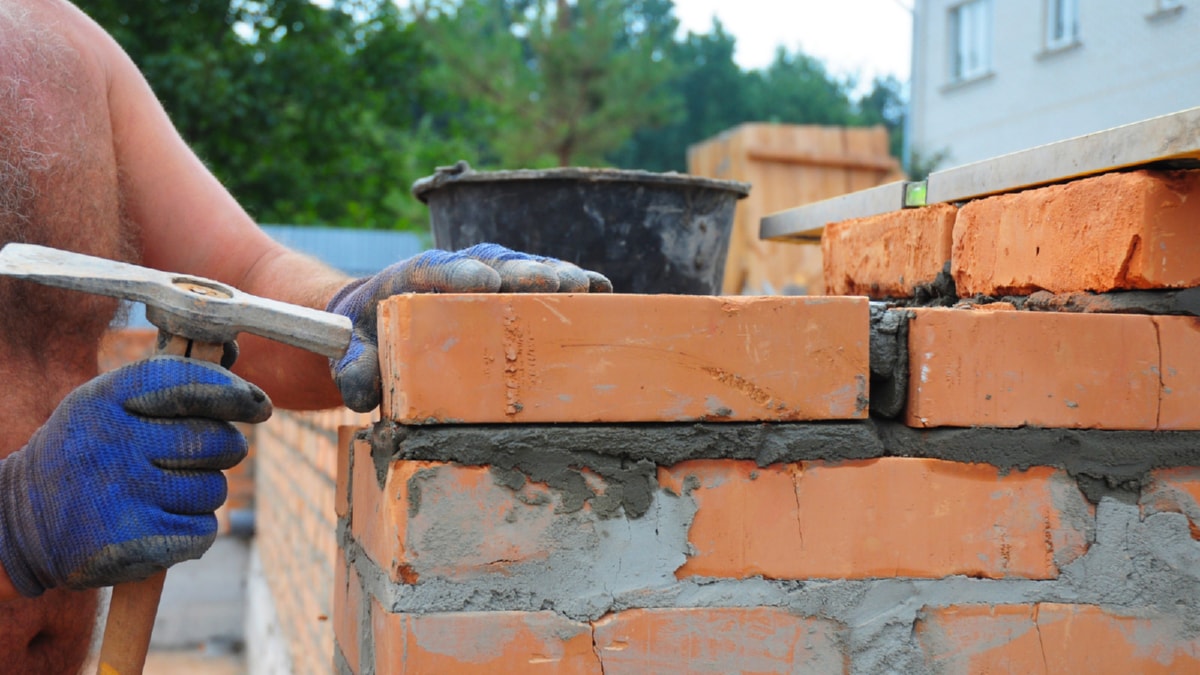Green building, also known as sustainable or high-performance building, involves the incorporation of environmental considerations and resource efficiency into every step of the building and land development process, with the aim to minimize the environmental impact. Over the years, green building technologies have evolved significantly, becoming more sophisticated and efficient.
The evolution of green building technologies began with a focus on energy efficiency. The first generation of green buildings primarily focused on reducing energy consumption through the use of passive design strategies, such as natural ventilation, daylighting, and solar heating. These strategies were complemented by the introduction of high-efficiency mechanical and lighting systems, as well as the use of energy management systems that controlled and monitored energy use.
However, as the understanding of sustainability broadened, the focus of green building technologies expanded to include a wider range of environmental considerations. These included water efficiency, through the use of technologies such as low-flow fixtures and rainwater harvesting systems; materials efficiency, through the use of recycled or sustainably sourced materials; and indoor environmental quality, through the use of low-emission materials and improved ventilation systems.
More recently, the focus of green building technologies has shifted towards a holistic approach to sustainability, encompassing not only the building itself but also the broader context in which it is located. This has led to the development of technologies and strategies related to sustainable site development, such as green roofs and walls, permeable paving, and native landscaping, as well as community-scale sustainability initiatives, such as district energy systems and transit-oriented development.
Another key development in the evolution of green building technologies is the growing use of integrated design and building information modeling (BIM). Integrated design involves the collaboration of all stakeholders in the building process from the earliest stages, ensuring that all aspects of sustainability are considered and optimized. BIM, on the other hand, allows for the digital representation of the physical and functional characteristics of a facility, enabling better decision-making and performance tracking.
It’s important to note that the evolution of green building technologies is not only about the development of new technologies but also about the refinement of existing technologies and the integration of these technologies into comprehensive systems. This has been facilitated by the development of green building certification programs, such as Leadership in Energy and Environmental Design (LEED), which provide a framework for implementing and evaluating green buildings.
In conclusion, the evolution of green building technologies has seen a shift from a focus on individual aspects of environmental performance to a comprehensive and integrated approach to sustainability. This evolution is a reflection of the growing understanding of the complexity of sustainability issues and the need for solutions that address this complexity. As we move into the future, it is expected that green building technologies will continue to evolve and innovate, leading to increasingly sustainable and resilient built environments.
For more details, check best interlocking services Toronto or visit their business listing here.



